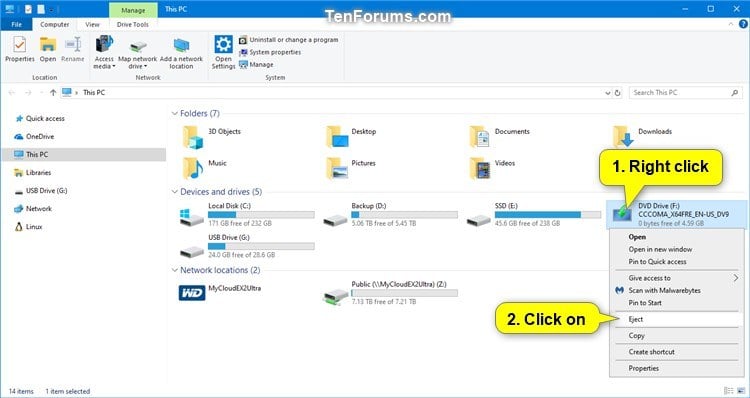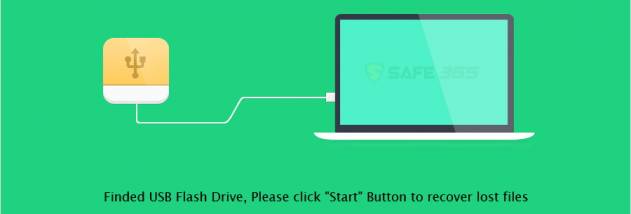

- #Which usb flash drive to use to create recovery media install#
- #Which usb flash drive to use to create recovery media upgrade#
- #Which usb flash drive to use to create recovery media windows 10#
- #Which usb flash drive to use to create recovery media software#
) Enter recovery drive in the search box, and then select Create a recovery drive. (If you're using a mouse, point to the lower-right corner of the screen, move the mouse pointer up, and then click Search.
#Which usb flash drive to use to create recovery media software#
If a problem occurs during the installation process, you can use HP System Recovery to restore your computer to its original software configuration. Swipe in from the right edge of the screen, and then tap Search.
#Which usb flash drive to use to create recovery media upgrade#
YUMI's UEFI version is a relatively new tool at the time of writing but is a handy upgrade with support for modern operating systems. If you have not already done so, create a set of system recovery media or save a recovery image to a USB flash drive.
#Which usb flash drive to use to create recovery media windows 10#
So, if you're booting one of the latest versions of Windows, such as Windows 10 or Windows 11, you need to select the YUMI UEFI version (unless you're running your BIOS in CMS Legacy mode). Creating a recovery drive involves plugging a USB memory stick into a working Windows 10 computer and running the Recovery Media Creator wizard.

YUMI UEFI: Supports FAT32 only, as well as BIOS and UEFI USB booting via GRUB2 (although this is distro dependent).YUMI Legacy: Works with NTFS or FAT32 format.Furthermore, there are also two different versions of YUMI: Warning: Use an empty USB drive because this process will erase any data thats already stored on the drive. First, you choose which distro you want from the list before browsing to the ISO on your hard drive or following the provided link to the home page of your chosen distro. Windows 7 Windows 8.1 Windows 10 (Then select Download tool now.) Windows 11 (Then select Download tool now. Youll need a USB drive thats at least 16 gigabytes. YUMI is a well-respected tool, which is not as feature-rich as others in this list but a solid choice for creating multiboot USB drives. You can now quit Terminal and eject the volume.4.
#Which usb flash drive to use to create recovery media install#

Terminal doesn't show any characters as you type. 1 Boot the PC using the Recovery Drive Insert your recovery USB drive or DVD into your computer.


 0 kommentar(er)
0 kommentar(er)
